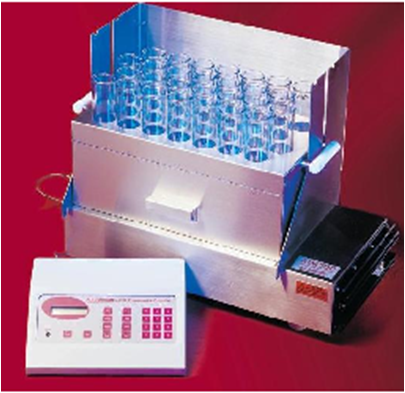The Limits of FI Technique:
Sample Dissolution & Digestion
However desirable it is to automate all steps of sample processing in a flow platform there are of course limits to this technology. Sample dissolution and digestion is an example of such limitation as documented by reading of recently summarized papers on sample dissolution (Cerdá & Estela 2008) where the difficulty of inserting slurries in a reproducible way into a low system, and their subsequent dissolution at elevated temperatures is discussed. The problem is magnified since the dissolution necessitates the use of microwave-assisted heating with mixtures of aggressive reagents (e.g. HCl + HF + HNO3). The samples must be finely powdered and processed at a sampling rate of only 10s/hour. Channel blockage is not uncommon. While such pioneering efforts should certainly be encouraged, as they eventually may led to practical solutions, at present the use of on-line dissolution system for serial assays should not be contemplated. Digestion of labile compounds on line is feasible only for selected applications.
1.3.8.
It is far more practical to use a batch type digester, by means of which samples can be safely dissolved, simultaneously in parallel, unattended for any length of time, and with minimum reagent consumption. Once dissolved, samples can be loaded into an autosampler, split for assays of different analytes, and analyzed at a high sampling frequency by FI or SI. Even digestion of soluble compounds on line (e.g. polyphosphates), should be carefully reexamined, since not all compounds can be mineralized with 100% efficiency during the short time available when a sample moves downstream.

On-Line Sample Pretreatment: Dissolution and Digestion. V.Cerda and J.M.Estela. Chapter 6 in
Advances in FIA and Related Techniques . S.D. Kolev and I.C. McKevie Ed. Elsevier Amsterdam 2008









